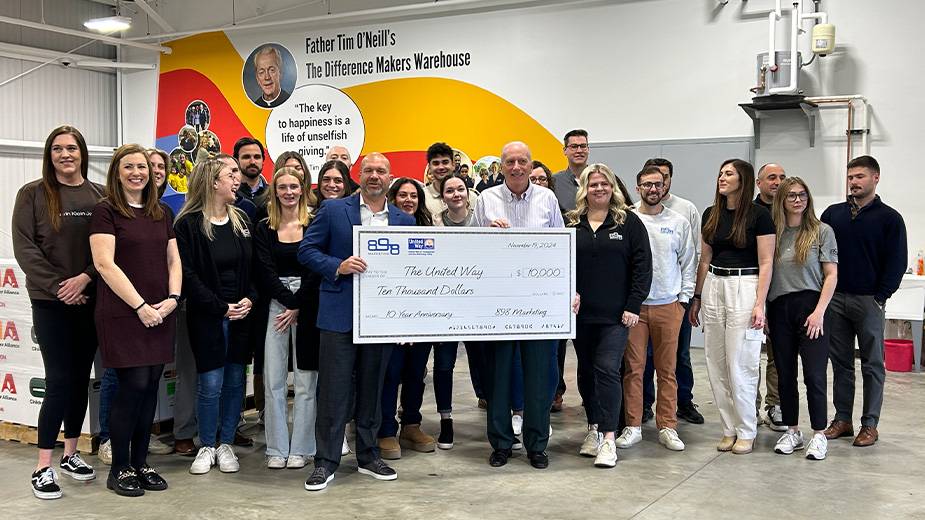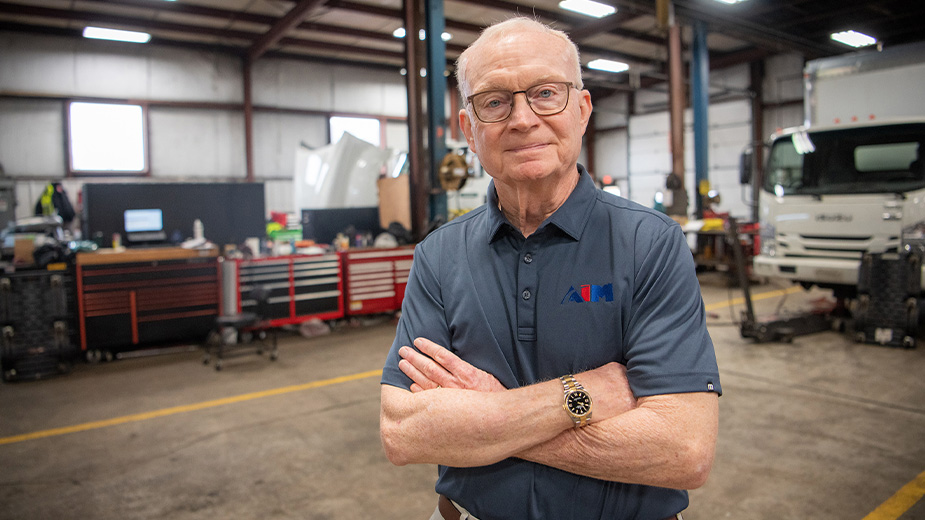‘No Way, Norway’: GM Super Bowl Ad Spotlights Ultium
YOUNGSTOWN, Ohio — This year’s Super Bowl ad from General Motors is sure to generate some local buzz as it highlights Ultium Cells – the joint venture between GM and LG Chem that’s building a $2.3 billion electric vehicle battery manufacturing plant in Lordstown.
The 90-second online ad features actors Will Ferrell, Kenan Thompson and Nora “Awkwafina” Lum on a crusade to take the fight to Norway, which “sells way more electric cars per capita than the U.S.,” says Ferrell. The trio load up their own electric vehicles – including the forthcoming Ultium-powered Cadillac Lyriq and the GMC Hummer EV – for the long trek to Norway, though the journey doesn’t go quite as planned.
The electric vehicle, or EV, market in Norway is strong, overtaking vehicles with petrol, diesel and hybrid engines in 2020, reports Reuters. EVs comprised 54.3% of the Norway market share last year, with Volkswagen outpacing Tesla. That’s up from 42.4% in 2019, Reuters reports.
Not to be outdone, GM looks to release 30 new EVs by 2025. The “No Way, Norway” ad is part of GM’s “Everybody In” campaign launched in January to drum up interest among future customers and accelerate EV adoption.
“The big game is the perfect venue for the incomparable Will Ferrell to encourage us all to reconsider what we know about electric vehicles, and to invite ‘Everybody In’,” said Deborah Wahl, GM global chief marketing officer. “We admire his passion for EVs and share Norway’s pursuit of an all-electric future.”
Commercials for Super Bowl LV are running about on par from last year at $5.6 million for a 30-second spot, according to Sporting News. Local advertising professionals offered their thoughts on the GM spot and what types of commercials they feel would do best for this year’s Super Bowl audience.
All seemed to agree that the spot was funny and would provide a nice break for the audience watching the game for a little bit of a reprieve from the day-to-day. The spotlight on the Ultium battery also raises awareness to GM’s efforts to stake its claim in the EV market, which would ultimately benefit Lordstown and the Mahoning Valley.
“Any GM ad featuring GM electric vehicles or technology is good for Ultium Cells, Lordstown and the Mahoning Valley’s economy,” says George Farris, CEO of Farris Marketing. “While it may make us more comfortable to see a specific car model that was made in Lordstown promoted on national TV, this situation is actually better for the Valley.”
Customers buying a GM EV will be buying the Ultium battery and technology that goes with it, “so even though Ultium is at the end of the sales funnel, all roads lead there,” he says.
GM makes clear its hyper focus on an EV future, adds Jeff Hedrich, president of The Prodigal Co. But while the Ultium battery is credited as an important aspect of GM’s electric lineup, “you don’t see the battery itself, don’t see it’s name graphically and I don’t think most viewers beyond the Valley will have any recall of the battery even being mentioned and will be focused on Ferrell’s antics,” he says.
That said, Hedrich expects this to be just the beginning of GM’s hype surrounding the Ultium battery, “which is good news for our local plant.”
Adreinne Sabo, creative director for Clever, says she can see it creatively being the first in a series of similar spots for the company.
“I can also see how this spot may be part of a larger and longer advertising campaign, with the three different celebrity comedians and them ending up in different locations,” she says. “If this can turn into something that is more than a one-off Super Bowl spot then I think it will work well for the company.”
The humor wasn’t lost on the advertisers. Nor was the significance of its casting lost on Kollin Chupa, co-owner of K Squared Marketing.
“Our country has been through a year that saw racial tensions, discrimination discussions and reform rhetoric at an all-time high; this commerical features a White man, a Black man and an Asian woman as its messangers in a well-rounded representation effort,” Chupa says. The humor, as well as the strong visual representation of diverse Americans, underscores the search for a unifying, if not rallying cry for ‘Let’s Go America,’ as we sort through what has been an extremely contentious political cycle.”
That continues a trend that Jeff Ryznar, owner of 898 Marketing, noticed last year. Typically, staying away from religion and politics is the “safe play” with TV ads, but that focus started to shift last year as advertisers addressed issues such as philanthropy, gender diversity in the workforce and environmental issues.
“They are learning that the approach is not just to entertain but to get buy-in of people to be a part of something bigger,” Ryznar says. “Every company should focus on one attribute this year given what we experienced in 2020: empathy.”
While Ryznar says there will be no shortage of funny, memorable, weird and extravagant commercials this year, the most memorable will be the ads that use empathy to connect with people.
“To let them know that the brand understands what they went through or are going through and they are here to help, in whatever way they can,” he says. “The brands that can connect with their viewer on a level that extends far beyond a cold drink, a crunchy chip, a nice car or a quick approval of a mortgage.”
Chupa agrees, saying that while most Americans will be thankful for the game after a year of canceled traditions, it’s imperative to strike effective and appropriate tones with the ads.
“I think the commercials that will rise to the top of the crop will be those that take the most care to not be tone deaf,” she says. “The secret sauce for this year’s ads will be those campaigns that interject humor and humanity in their ads.”
Advertisers may also use the COVID-19 pandemic as a hook to promote their product as something Americans deserve after going through such a rough patch, Farris adds. Regardless of any commercial’s tone, however, the content and approach still need to stand out, attract interest/engagement, arouse emotions, be relevant and encourage response, he says.
“The Super Bowl should enjoy huge ratings this year and the brands who usually have spots but are not participating this year – such as Coke and Budweiser – will likely regret their decision,” notes Hedrich. “In terms of whether humor, serious or heartwarming is best for this year, most people will be watching the game for a brief escape from the limiting routines of our new normal. And that means humor will be the most appreciated form of commercials.”
Copyright 2024 The Business Journal, Youngstown, Ohio.


